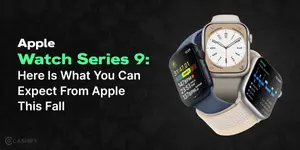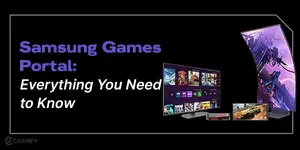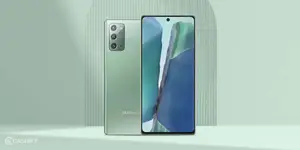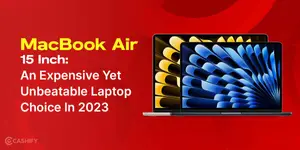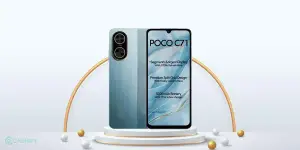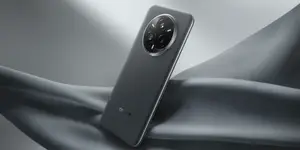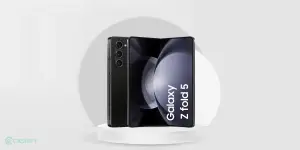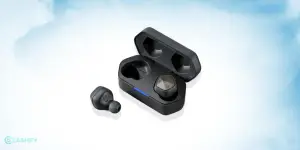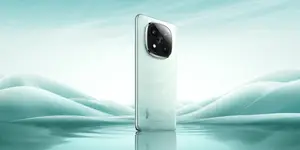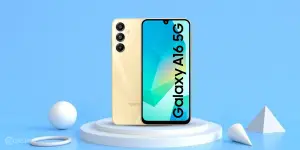The smartwatch design transition journey has been quite fascinating throughout the years. Its design has transformed from a simple timepiece to a vital everyday companion that helps track our health and fitness and manage our lives seamlessly.
This article will discuss how the smartwatch design has changed over the past few years. We will briefly look into a few of the most iconic and state-of-the-art smartwatches that have contributed to shaping the smartwatch industry.
In short, these days, smartwatches are not just smart by name, but they have become smart and accurate by nature, too.
Let’s explore the chronicle milestones, remarkable features, and advanced devices that have made this smartwatch design transition possible.
Also read: Smartwatch Features to Consider While Buying It
Before 1970 – Era Of Mechanical Watches
Mechanical watches are a thing of the past now. These days, you won’t easily find it. However, it has been around for a long time, approximately for centuries. After that, in the mid-20th century, battery-powered electric watch’s entry was done. These watches were mainly worked on an electro-mechanical system to show the time. In 1969, the first watch in this category was released. Its name was Seiko Quartz Astron. After that, in the 1970s, the look and function of the watch were changed.
1970 – 2000: Advancement Of Design And Functionalities Over Time
In the 1970s, LED and LCDs entered the market and replaced moving hands and numerical dials. A few functionalities that were previously not possible were also introduced. It has paved the way for the smartwatches.
Previously, for a longer time, the primary function of smartwatches was to show time, day, and date. However, with the time, it changed. The entry of microprocessors has wholly revolutionised the watch industry.
In 1972, The Hamilton Watch Co. introduced the Pulsar P1 – the first digital watch. It came with a red LED display, a unique design, and an 18-karat gold case.
After that, in 1975, the first ever calculator watch was introduced, named Pulsar 901. Other companies such as Casio, Seiko, and HP also jumped into designing the same kind of calculator watches. This way, the entry of Casio C-80 in 1980, Pulsar NL CO1 in 1982, and Seiko Data 2000 in 1983-84 was done.
A significant improvement in wearable technology was made in 1994 when Timex and Microsoft collaborated. Wireless data synchronisation with the PC was this watch’s main feature. Along with it, the inclusion of a stopwatch, alarm, and multiple time zones made this watch tech-savvy people’s first choice.
After that, in 1998, a monochrome touchscreen display gained people’s attention. Steve Mann developed the first Linux wristwatch.
The year 1999 was revolutionary with the entry of Samsung SPH-WP10. The watch has combined smartphone and wristwatch features. This watch had a built-in speaker, monochrome LCD screen, microphone, and basic functions like a calculator, address book, and scheduler.
Also read: 6 Things To Keep In Mind Before Buying A Smartwatch
2000 – 2010: Operating System’s Entry – Smartwatch Design Transition
In 2001, IBM launched its first-ever WatchPad. It was Linux-based and had a fingerprint sensor, accelerometer, and vibrating mechanism.
After that, in 2003, the entry of the first PDA watch was done, which significantly impacted the smartwatch market. This PDA watch runs on the Palm OS and has functionalities such as contacts, calendars, memos, and apps.
In 2004, the SPOT platform of Microsoft was introduced. The platform includes various smartwatches from manufacturers like Sunnto, Swatch, and Fossil. These watches had features like a monochrome display, personalised watch faces, and various functions like alarms, calendars, etc. In short, these watches provided a more connected smartwatch experience to users.
The year 2006 was of Sony. It has introduced a Bluetooth-enabled smartwatch – MBW-100. The watch featured a sleek design, OLED display, Caller ID, alarm, stopwatch, and media playback controls.
In the year 2009, Samsung introduced the S9110 smartwatch, which was stylish and slim and a perfect combination of fashion and technology.
The year 2010 was of the square-shaped and compact wearable device launched by Sony, The Sony Ericsson LiveView. The watch has an OLED display, personalised watch faces, and basic functions like a calendar and alarms. The watch was square-shaped, so it could be easily clipped onto clothes.
Also read: 5 Ways Smartwatches Are Improving Our Health
2011 – 2020: Emergence Of Smartwatch – Smartwatch Design Transition
This decade was of smartwatch emergence. In fact, 2012 was the turning point in the smartwatch evolution. The Pebble has introduced its first smartwatch, highlighting the user-focused design with an e-paper display. Another smartwatch launched in 2013 named Mio Alpha using OHRM technology.
In 2014, Moto 360 grabbed people’s attention with its round, sleek design. The year 2015 was the Apple Watch, which included the next level of functionality. Due to its impressive design, seamless integration with the iPhone, and a rectangular OLED display with a sleek design, this watch became the talk of the town and a leader in the smartwatch industry.
This decade was of hotspot experiments with smartwatches, which allowed the incorporation of various sensors like OHRM, gyroscope, and accelerometer, making them a one-stop solution for tracking physical activity.
The continuous smartwatches design transition in this decade has led to the introduction of new smartwatches such as Samsung Galaxy Gear, Neptune Pine, Samsung Gear Fit, LG’s G and R smartwatch, Samsung Gear S, Samsung Gear 2, Huawei Watch, Samsung Gear Fit 2, Samsung Gear S3, Samsung Gear Sport Smartwatch, Fitbit Versa 3, Apple Watch Series 3 and 6, etc. Some smartwatches sold well, while others were less popular and discontinued. However, this decade was the perfect combination of design, technology, and functionality in the smartwatch evolution.
Also read: 8 Best Smartwatches In The World
2021 – 2023: Showing Time Is Not a Top-Notch Priority Now!
As per the studies done by NPD, the whole trend of smartwatch usage has changed. Nowadays, people do not buy a smartwatch for only its primary function, “showing time.” Most people prefer to buy a smartwatch with modern aesthetics and feature-rich functionalities like activity tracker, GPS, home automation, and much more that make their life easy.
In 2021, the Apple Watch Series 7 was launched with a larger display and slimmer bezels, perfect for people looking for seamless integration with the iPhone.
Another primary entry in 2021 was the Fossil Gen 6 with an AMOLED screen, Google Wear OS, classic appearance, sleek design, and supporting apps.
The major entry of 2022 was the Google Pixel Watch, Apple Watch Series 8, Fitbit Sense 2, and Samsung Galaxy Watch 5. So, if you are fitness-enthusiastic, looking for a luxurious watch, or searching for a compact, comfortable, and lightweight watch, you can choose from this watch.
Without any doubt, future smartwatches will come with AI-based functionalities. Let’s wait and watch what this smartwatch industry brings for us in the coming years.
Also read: Which Is Better, Smartwatch VS Smart Band?
Signing Off – Smartwatch Design Transition
From the above discussion, we can say that these wearable devices have come a long way since their inception. From calculator watches to cutting-edge gadgets, these smartwatches adorn our wrists today. These smartwatches have truly revolutionised the way we interact with the world.
In the coming years, we can expect more innovations and developments in the smartwatch industry. We expect enhanced health and fitness tracking, improved AI features, more powerful processors, and hassle-free integrations in our daily lives.
Thank you so much for exploring this fascinating smartwatch design transition journey. To keep yourself updated with the latest news and updates, stay tuned.
Also read: 9 Best Smartwatches Under 3000 In India
Searching for a reliable online platform for mobile repair? Check Cashify’s affordable phone repair services.



